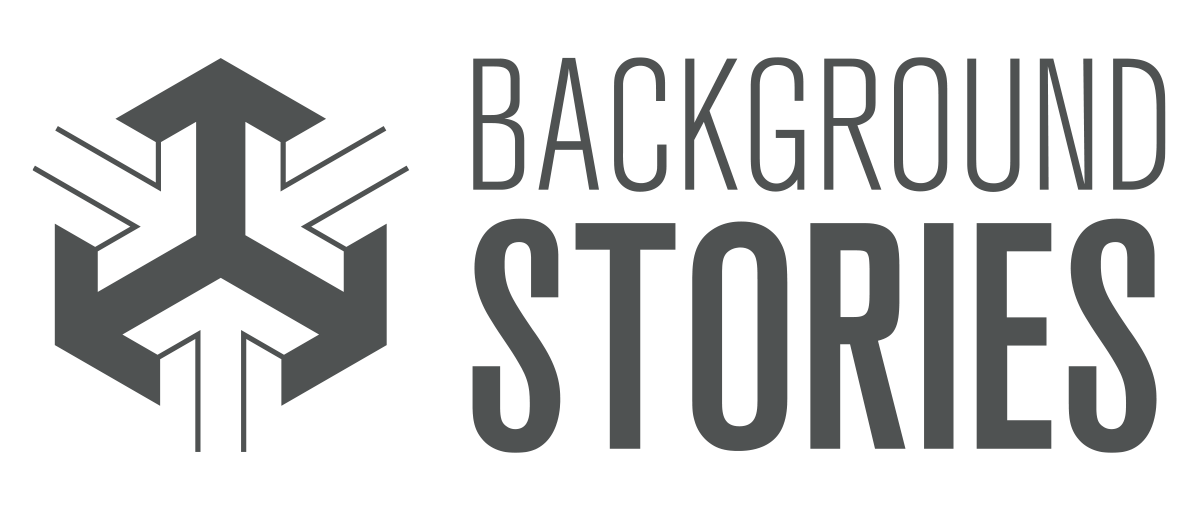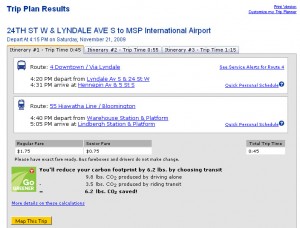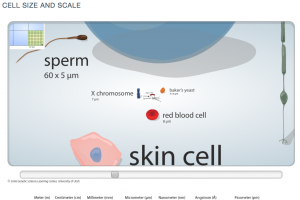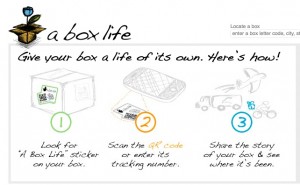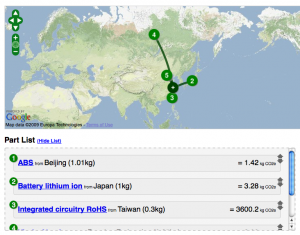2009
9.Dec.09 Arlene Birt named Artist in Residence at MEDEA in Malmö, Sweden for Fall 2010.
22.Dec.09 Arlene Birt selected for the 2010 Art(ists) on the Verge fellowship for a project on Visualizing Grocery Impacts.
22.Oct.09 short presentation for Packaging Sustainability: Tools, Systems and Strategies for Innovative Package Design launch party at MCAD.
07.Oct.09 "Water Cycle for Life" design selected for production by Felissimo and Design 21.
22.July.09 presenting at Give & Take.
Arlene presented 18 – 20 June.09 at Data Designed for Decisions. A joint OECD and International Institute for Information Design conference in Paris.
Arlene presented ‘Background Stories’ at New Media Meeting 4 in Norrköping, Sweden May.09.
Arlene collaborating with the Interactive Institute (Sweden).
On shelves now: Arlene contributed to Packaging Sustainability: Tools, Systems and Strategies for Innovative Package Design.
Dec.08 – May.09 Background Stories on view in the exhibit, Tourism: Spaces of Fiction, at the Barcelona Design Museum.
Arlene presented ‘Designing for Sustainability’ on Earth Day, April.09 at AIGA Minnesota’s Sustainability Retreat.
